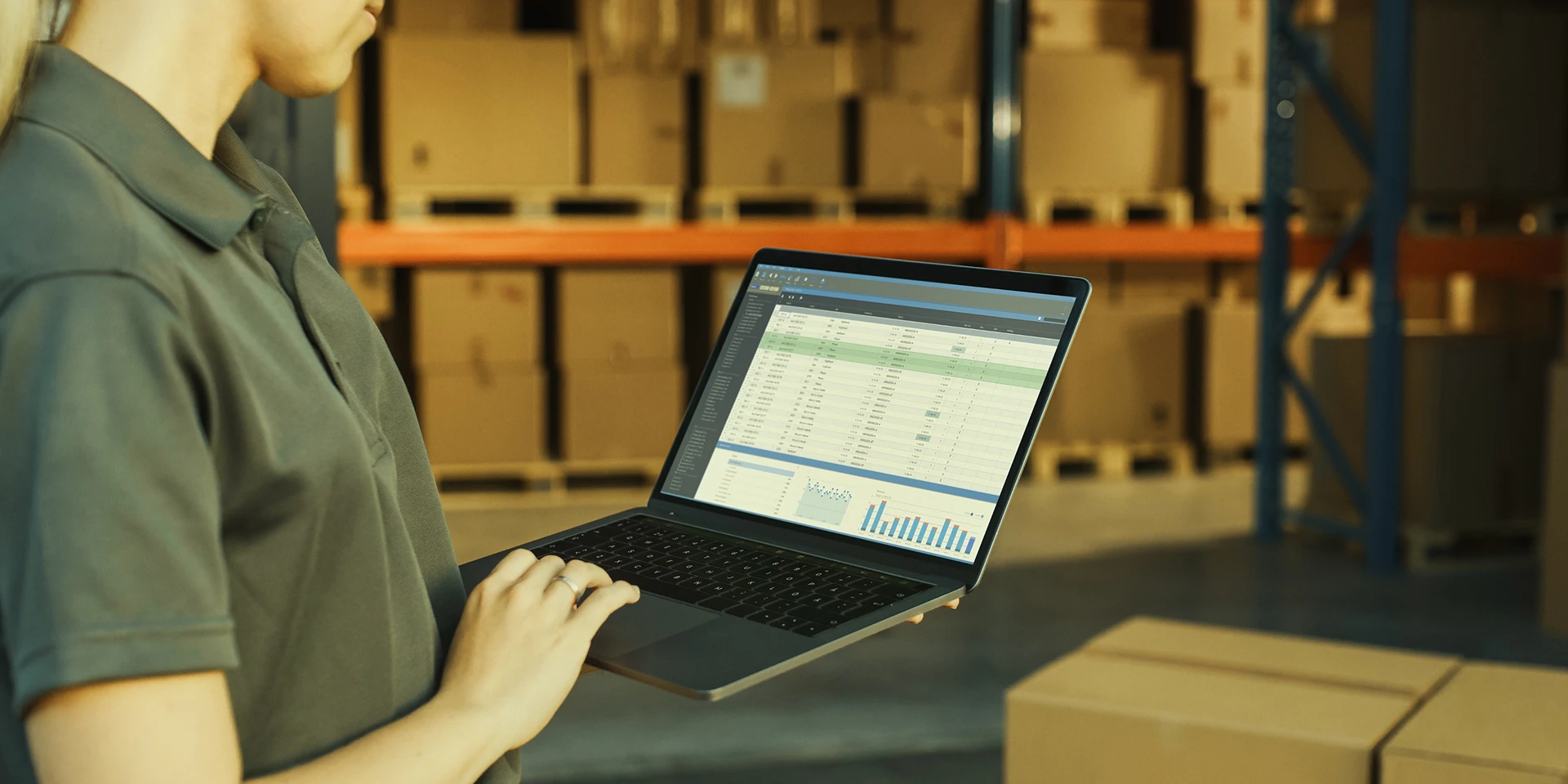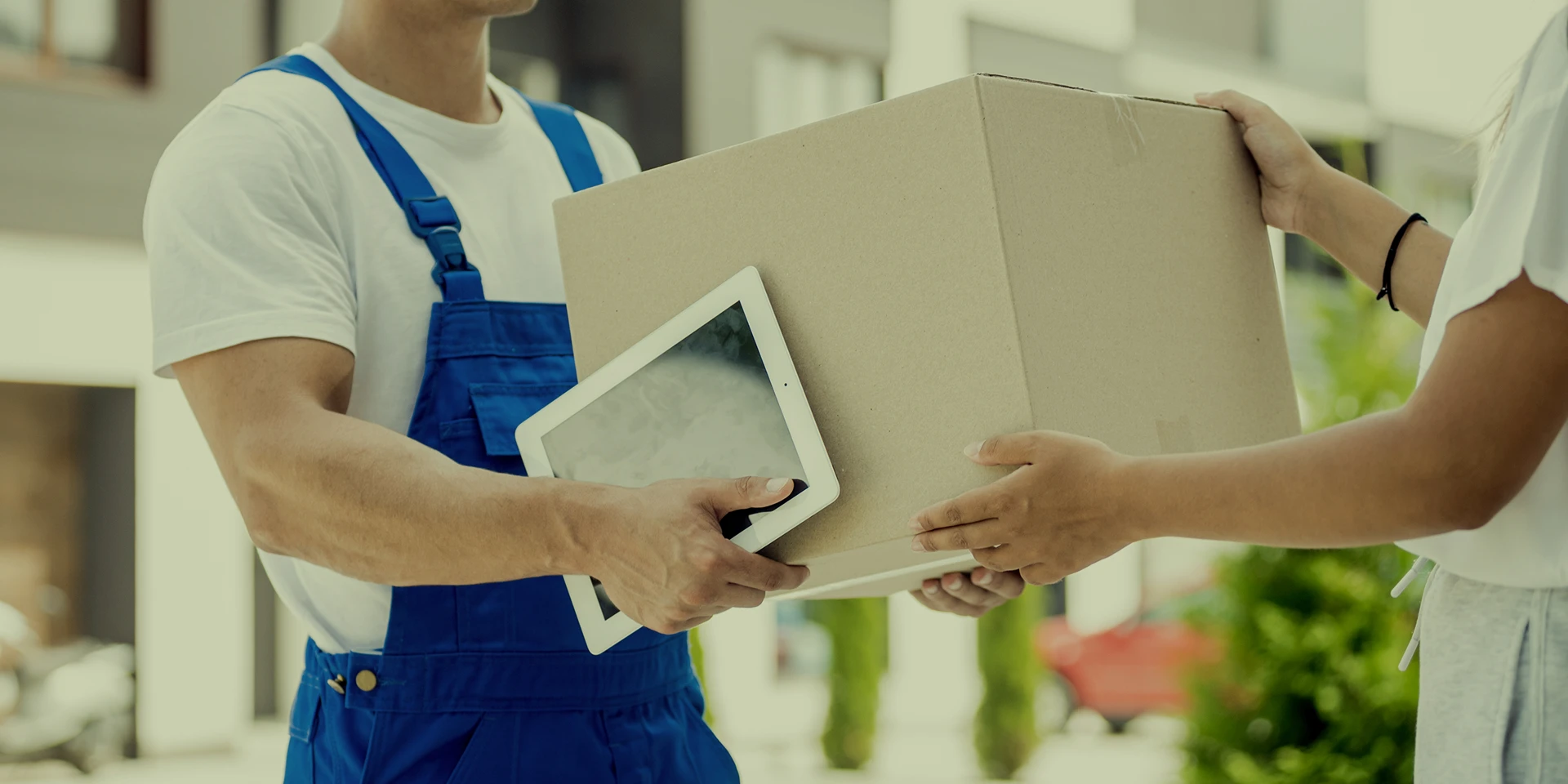How Last Mile Delivery Tracking Works and How It Helps Carriers and Customers
JANUARY 24
Tracking last-mile deliveries has become essential to successful shipping operations in any modern logistics order. Last-mile shipping tracking guarantees that products are delivered to clients effectively and transparently.
Last-mile delivery refers to the transportation of goods from a distribution hub to their final destination, often the customer’s doorstep. In order to ensure transparency for all parties involved, tracking this procedure involves using technology to monitor the shipment in real-time.
How Does Last-Mile Delivery Tracking Work?
Last-mile delivery tracking relies on a combination of technologies to provide real-time visibility and seamless communication
GPS Technology
GPS-enabled devices in delivery vehicles track their precise location. The data is updated regularly and shared with customers and carriers to show where the package is in transit.
Route Optimization Software
Advanced algorithms calculate the most efficient routes for drivers, reducing delivery time and fuel costs. These routes are dynamically updated in case of traffic delays or road closures.
Mobile Applications for Drivers
Drivers use mobile apps to update delivery statuses, communicate with customers, and confirm package handoffs via electronic proof of delivery (ePOD).
IoT Sensors
Internet of Things (IoT) sensors in packages or vehicles provide additional information, such as temperature monitoring for sensitive shipments like food or medical supplies.
Customer Portals
Customers receive access to portals or apps where they can track their shipments, view delivery windows, and receive notifications about changes or delays.

How Last Mile Delivery Tracking Helps Carriers
- Enhanced efficiency. By using real-time tracking and route optimization, carriers can reduce delays, minimize fuel consumption, and improve on-time delivery rates.
- Cost savings. Efficient routing, fewer failed delivery attempts, and reduced idle time contribute to lower operational costs for carriers.
- Improved driver productivity. Mobile apps and digital tools streamline drivers’ workflows, allowing them to handle more deliveries in less time.
- Data-driven insights. Tracking tools generate valuable analytics on delivery performance, enabling carriers to identify bottlenecks and refine their operations.
- Higher customer retention. Providing reliable delivery tracking enhances the carrier’s reputation and encourages repeat business.
How Last Mile Delivery Tracking Benefits Customers
- Real-time visibility. Customers can monitor their package’s journey in real-time, reducing uncertainty and eliminating the “Where’s my package?” frustration.
- Accurate delivery windows. Tracking systems provide estimated delivery times, allowing customers to plan their day accordingly.
- Improved communication. Automated updates and notifications keep customers informed about delays or changes, enhancing transparency and trust.
- Greater flexibility. Some systems allow customers to reschedule deliveries or adjust the destination to suit their needs, increasing convenience.
- Peace of mind. With live updates and proof of delivery, customers gain confidence in the service, knowing their package is on its way and delivered securely.

Challenges in Last-Mile Delivery Tracking
While the benefits are significant, implementing last-mile delivery tracking also comes with challenges:
- High costs. The initial investment in tracking technology, software, and hardware can be expensive for carriers.
- Integration issues. Ensuring seamless communication between various systems and devices requires a robust IT infrastructure.
- Data security. Protecting customer data and delivery information is critical in an era of increasing cybersecurity threats.
Conclusion
Last-mile delivery tracking has revolutionized the logistics industry by bridging the gap between carriers and customers. Leveraging real-time updates, route optimization, and transparent communication enhances efficiency and customer satisfaction while reducing carriers’ costs. Despite challenges, its implementation is becoming a necessity in the competitive landscape of modern logistics.
As technology advances, we can expect even more innovations in last-mile tracking, which will make the process faster, more thoughtful, and more reliable.
Back to Blog

